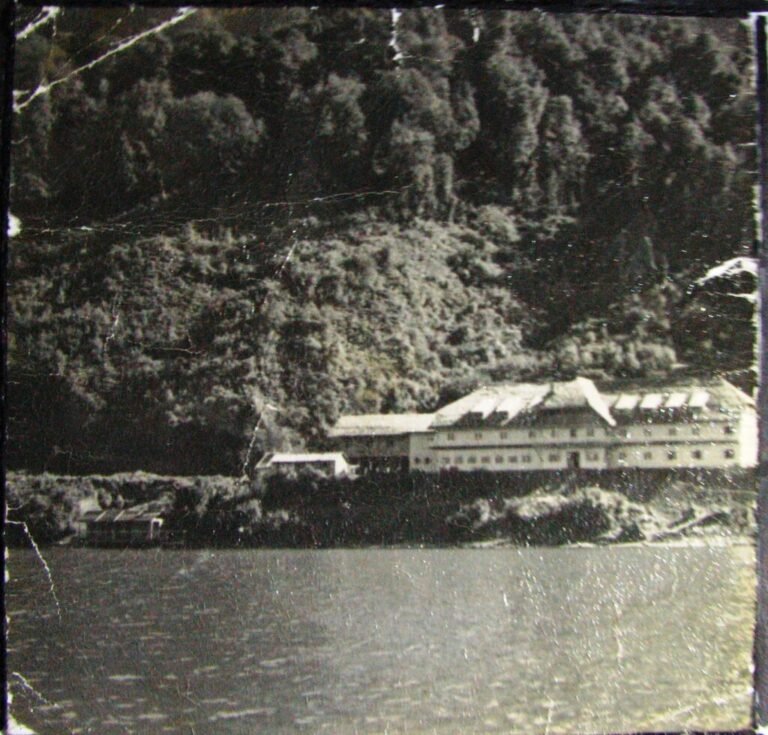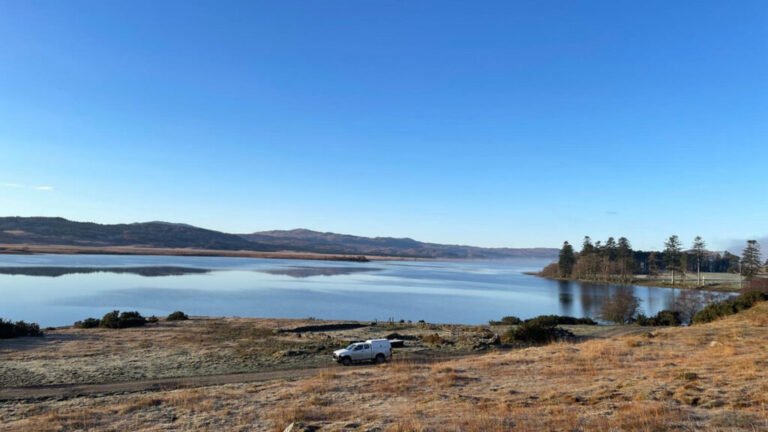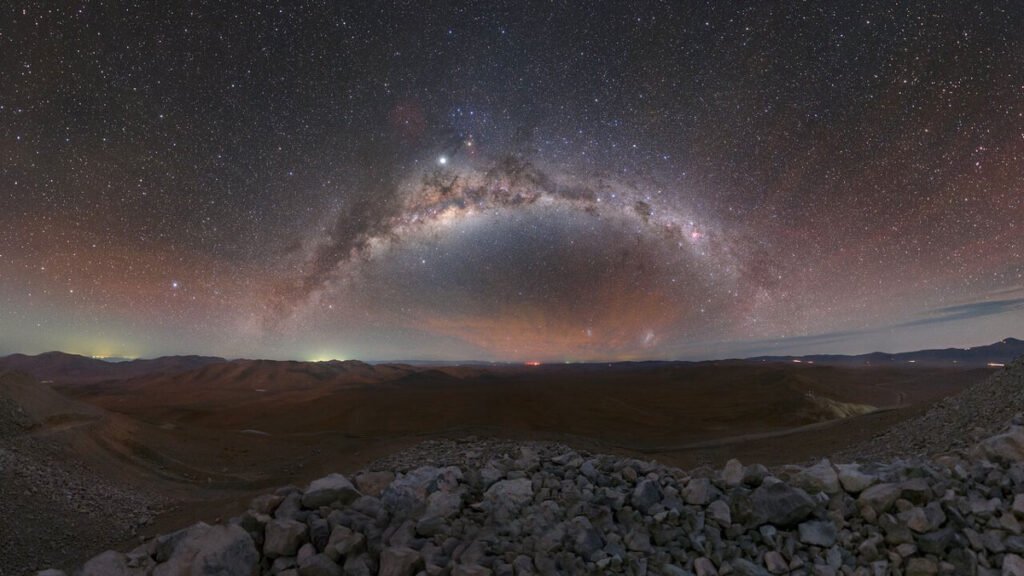
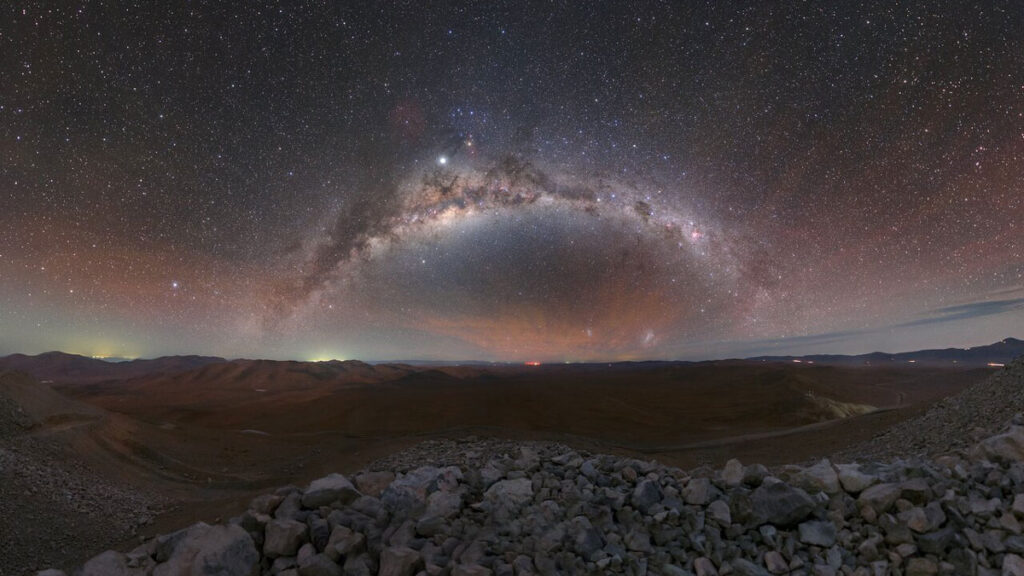
Tiny crystals in Earth’s crust may have recorded meteorite and comet impacts as our planet traveled through the spiral arms of the Milky Way over more than 4 billion years, according to new research.
The study is one of the first to suggest that galactic-scale processes can affect Earth’s geology, and researchers think similar evidence might be found on other bodies in the solar system, including the Moon and Mars.
“This is something that could connect the Earth, the Moon, and Mars into the wider galactic surroundings.”
“This is so interesting and exciting—we are potentially seeing something that is not just unique to Earth,” explained geologist Chris Kirkland of Australia’s Curtin University, the first author of the new study published in Physical Review Research. “This is something that could connect the Earth, the Moon, and Mars into the wider galactic surroundings.”
Kirkland and his coauthor, University of Lincoln astrophysicist Phil Sutton, studied changes in oxygen isotopes in a database of tens of thousands of dated crystals of zircon—a silicate mineral with the chemical formula ZrSiO4 that is common in Earth’s crust. They compared their findings to maps of the Milky Way galaxy that show its neutral hydrogen, or H1.
H1, with one proton and one electron, is the most abundant element in the universe, and its density is particularly high in the arms of the Milky Way galaxy.
Because they are almost exactly the same size, uranium atoms sometimes replace the zirconium atoms in zircon. Uranium radioactively decays into lead over time, so geologists can study the levels of uranium and lead isotopes in zircon crystals to determine when the crystals formed, sometimes in the first phases of the evolution of Earth’s crust about 4.4 billion years ago.
“Zircon crystals are a geologist’s best friend…we can get a lot of information from a single zircon grain.”
“Zircon crystals are a geologist’s best friend,” Kirkland said. “They have an inbuilt clock, and they carry a chemical signature that tells us how they formed—so we can get a lot of information from a single zircon grain.”
Queen’s University geochemist Christopher Spencer, who was not involved in the study, said that the work was fascinating and provocative. “I think the study is a reminder that Earth does not evolve in isolation and that interdisciplinary thinking, however speculative at first, can open up new ways of framing questions about our planet’s history.”
Oxygen Isotope Ratios
The key to the latest research was in the ratios of isotopes—forms of the same chemical element that have different numbers of neutrons—in the oxygen atoms of zircon’s silicate group.
The relative levels of oxygen isotopes in samples of zircon crystals can tell geologists whether the crystals formed high in the crust, perhaps while interacting with water and sediments, or deeper within Earth’s mantle.
Kirkland said the latest study examined the distribution of the ratios of oxygen isotopes found in a dataset of zircon crystals sampled from around the world. The scientists evaluated the data’s “kurtosis,” or the measure of how flat or peaked a distribution is. A dataset with high kurtosis has a narrow distribution, with most values occurring in the middle and causing a sharp peak in the distribution curve. In contrast, a dataset with low kurtosis has a wide distribution with more high and low values, causing a wider distribution curve with a less pronounced peak.
The researchers determined that periods of high oxygen isotope kurtosis corresponded to times when our solar system was crossing the dense spiral arms of the Milky Way galaxy. Such crossings occurred roughly every 187 million years on average during our solar system’s 748-million-year orbit around the galactic center at a speed of about 240 kilometers per second.
In addition to H1, the spiral arms are filled with many more stars than the interstellar space between them. The gravity of those stars seems to have disturbed the Oort Cloud—the haze of billions of icy rock fragments that surrounds our solar system. That, in turn, caused more meteors and comets to strike Earth as it passed through the galactic arms, leading to the subsequent melting of the crust in many places, Kirkland said. “By looking at the variability of the [zircon] signal over time, we were able to get an indication of how different the magma production on the planet was at that time.”
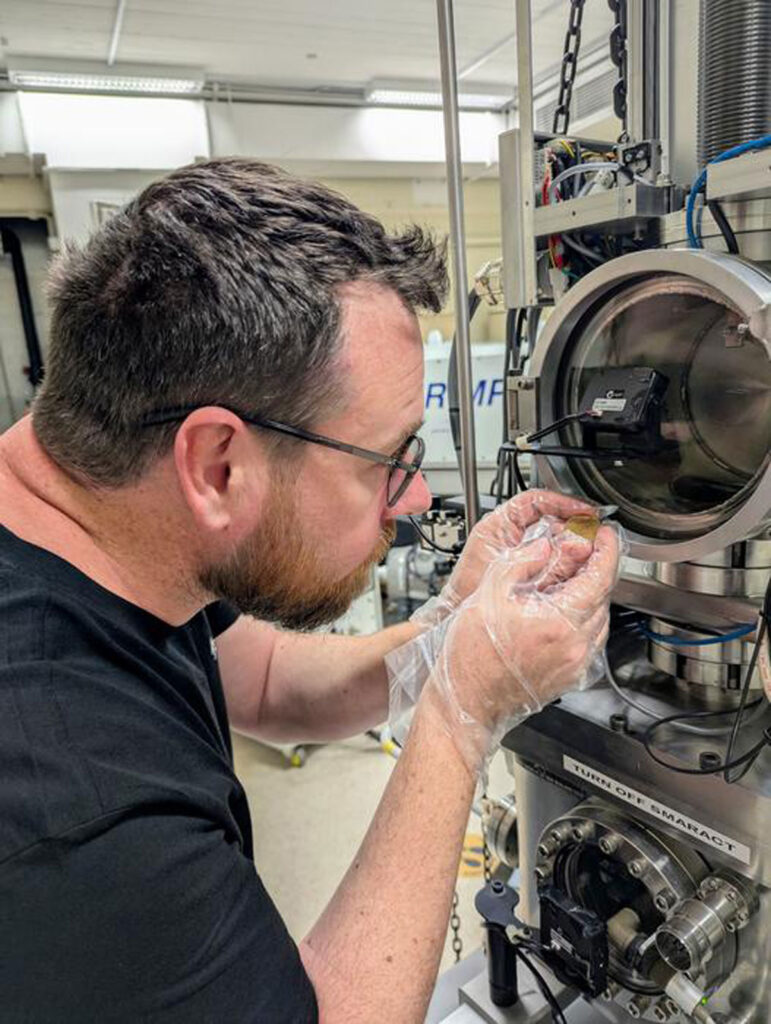
He warned that correlation does not mean causation but said that in this case there seemed to be no other plausible cause for the periodic kurtosis of the oxygen isotope ratios in zircons. “It is very important that we are able to see the frequency of [meteor and comet] impacts” on Earth, Kirkland said. “Rather than an internal process, we seem to be looking at an external process.”
Some other experts suggest the new study is notable for outlining the concept that galactic processes could have left geological traces, but it is not yet conclusive proof.
Earth scientist Craig Storey of the University of Portsmouth in the United Kingdom, who was not involved in the new study, said crustal melting did not necessarily prove an increase in meteorite or comet impacts. Instead, natural processes here on Earth, such as volcanic or tectonic movements, could have caused melting of the crust at several stages of our planet’s geological history.
He is also concerned that some of the proposed correlations in the study may not be correct. “It is an interesting idea, and there are potentially ways to test it, but I don’t think this is the way to test it,” Storey said.
—Tom Metcalfe (@HHAspasia) Science Writer
Citation: Metcalfe, T. (2025), Zircon crystals could reveal Earth’s path among the stars, Eos, 106, https://doi.org/10.1029/2025EO250379. Published on 10 October 2025.
Text © 2025. The authors. CC BY-NC-ND 3.0
Except where otherwise noted, images are subject to copyright. Any reuse without express permission from the copyright owner is prohibited.
